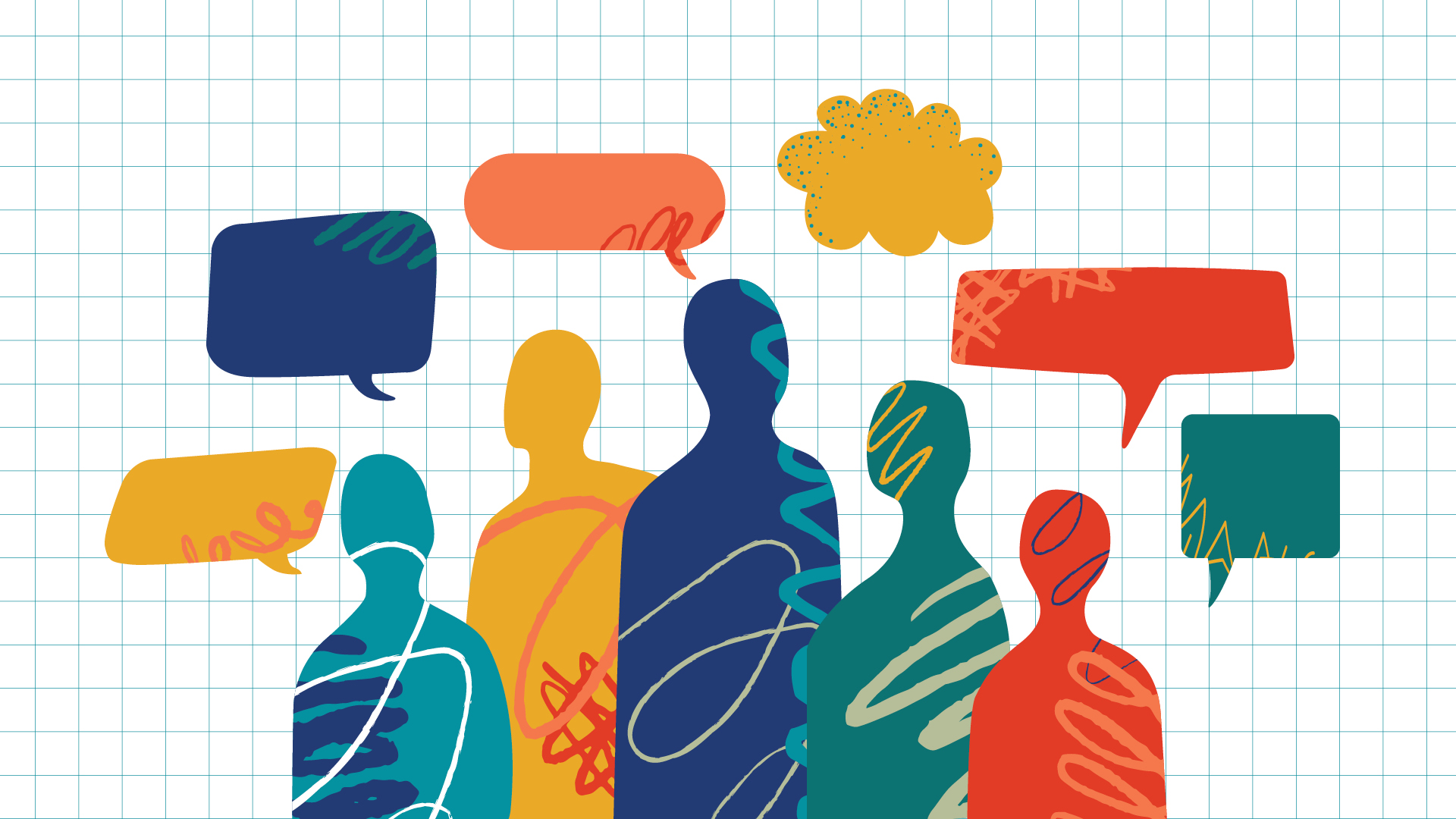People classify content as more or less “news-like,” and this varies across platforms and sources, as well as from one person to the next.
This story was originally published on 15/5/2025 by Nieman Lab and is hereby reproduced by iMEdD under a Creative Commons license. Read the original article here.
The distinct human writer becomes more essential

Journalists will face two new issues: mobile-first storytelling and AI, reshaping content creation and the writing process.
Do we have news for you!
Well, we think it’s news. You might not agree. Maybe you won’t find it interesting or relevant to your life. Perhaps you’ve heard it before. (After all, Nieman Lab has addressed this topic before.) You might even think it’s not news at all.
The point is, defining news has become a personal and personalized experience, as the power to make these decisions has largely shifted from media gatekeepers to the general public, according to a new Pew Research Center study from the Pew-Knight Initiative. The study draws on qualitative and survey research with U.S. adults and in-depth interviews with journalists and editors.
Our qualitative research (conducted with 57 Americans in August 2024) and a survey of 9,482 U.S. adults in March 2025 confirm the idea that what news is varies greatly from person to person. And each decides what news means to them and which sources they turn to based on a variety of factors — including their own identities and interests.
These findings build on decades of our own and others’ research on the changing dynamics of news consumption, illuminating key distinctions between what news was and what it is today.
What was news?
Before the rise of digital and social media, researchers had long approached the question of what news is from the journalist’s perspective. Ideas of news were generally tied to the institution of journalism as media “gatekeepers” determined what was newsworthy, producing and packaging information with a particular tone or set of values for a passive audience.
“The journey we’re on is 30 years ago, the platforms or places where you could be told something you don’t know aside from being personally told by a friend of yours was very limited,” said Nicholas Johnston, the publisher of Axios. “Now, it’s essentially infinite.”
What is news?
In the digital age, when people are exposed to more information from more sources than ever, researchers — including at Pew Research Center — increasingly study news from the audience perspective, as audiences themselves define what “news” is.
“That makes everyone like a wire service editor,” said ProPublica managing editor Tracy Weber. “That’s good. That’s also bad because they’re not trained to be the best wire service editor.”
The reality of exactly how audiences make these assessments is complicated. News is less central to most people’s experiences on digital platforms and social media than journalists often hope. Some work — including our own — finds the definitions people hold for news are not always consistent with their actual behaviors. There are also clashes between what people believe others think of as news and what “feels” like news to them.

Opinions on whether something is “news” or “not news” also aren’t black and white. Research has found that people view “news” as more of a continuum than a simple yes-or-no question. People classify content as more or less “news-like,” and this varies across platforms and sources, as well as from one person to the next.
Platforms and sources: The rise of digital and social media platforms has changed how people experience news. Where people encounter information can influence what they experience as news, and their standards often vary depending on how and where they find it.
For instance, when our qualitative research participants scrolled through their own social media feeds, they drew from cues related to both the topic and its source — including that source’s political orientation — to make case-by-case evaluations about whether the information was news or not.
It is a reflection of the changing nature of how news is distributed that audiences can, and regularly do, make distinctions about what kinds of content they see online. Part of the scrolling experience is making snap judgments about whether content is news and whether to engage with it.
Individuals: Each person brings their own mindset and approach to navigating today’s information environment. For instance, many of our participants acknowledged that their personal identities — including their age, race, ethnicity, gender, religion and especially their political leaning — influence how they consume and think about news.
It also influences how they feel about it. Many of the most common emotions people associate with the news they get are negative: angry, sad, scared, confused.
These feelings can vary depending on people’s political opinions and the political context. Our March 2025 survey found that Democrats are more likely than Republicans to say the news they get makes them feel angry, sad, and scared.
But the vast majority of Americans also say news makes them feel informed at least sometimes. And despite all the complications and challenges of the current news environment, many of our participants also view news as an essential part of their life.
“I need to know what is going on in the world, no matter how upsetting,” said one participant in his 70s.
Kirsten Eddy is a senior researcher at Pew Research Center, where she specializes in U.S. and global news and information habits and attitudes.


